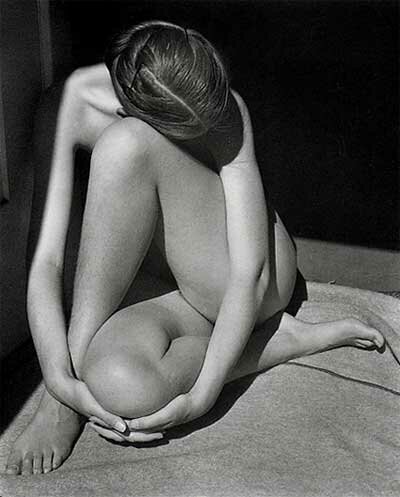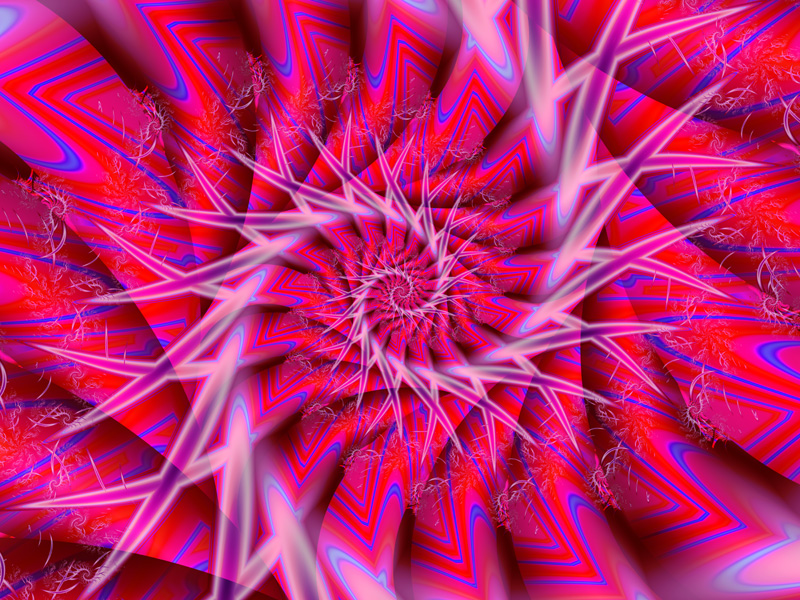1.The three basic elements of a camera are an optical element (the lens), a chemical element (the film) and a mechanical element (the camera body itself).
2.SLR camera is the camera with a Single Lens Reflex camera the scene being photographed is reflected onto the surface of the film by a mirror.
3.The purpose of a camera’s aperture is to control the amount of light that reaches a digital camera sensor.
4.Shutter speed on a camera also controls the amount of light reaches the film for a exposure.
5.To get the right exposure for a picture, you have to balance film speed, aperture size and shutter speed.
6.I would use a low film speed because it is the best to use outdoors on sunny day and details are captured much more effectively.
7.Here are the four steps to developing black and white film: 1. dilute the chemicals, 2. The Developer - 1:3 Chemical to water mix, 3. The Stop Bath - 1:63 Chemical to water mix, and 4. The Fixer - 1:4 Chemical to water mix.
8.Paper type (or the type of another printing surface), exposure (including overall exposure of the entire print, and increased or decreased exposure of parts of the print by "dodging" and "burning"), and processing are use to make a black and white print.
9.The final image in black and white print is developed silver.















 Contrast
Contrast